Forgive the groan-worthy headline pun (you may have to say it out loud to get it) but if you are determined to eat locally, sustainably and in a manner best for your general well-being, look no further for your meal plans than to Sri Lanka.
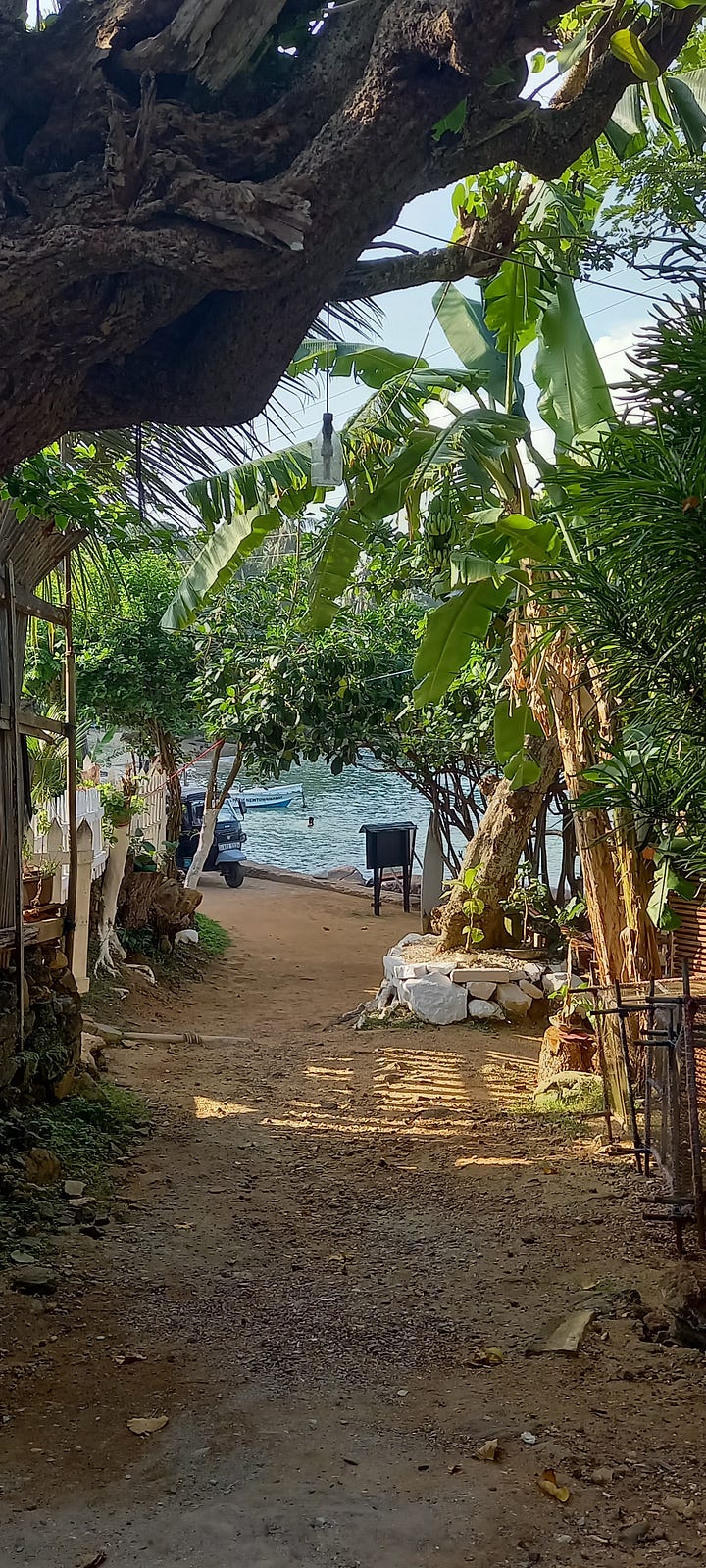
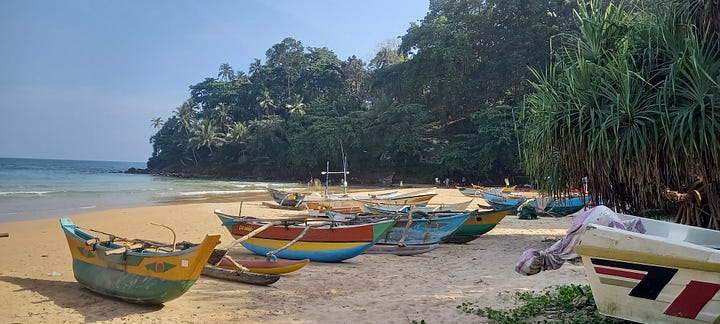
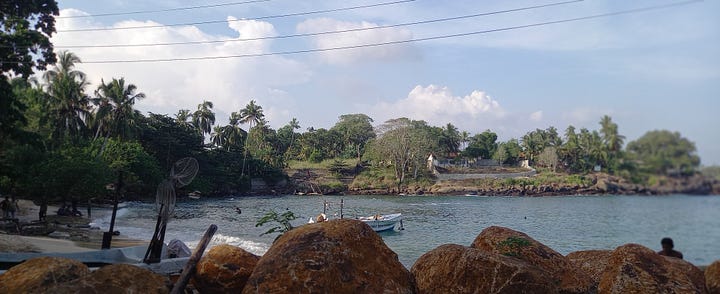

Much of the cuisine of this ‘Pearl of the Indian Ocean’ is informed by the Ayurvedic belief that our bodies and minds are made up of certain elements which, if properly balanced through food and lifestyle, will deliver us our most fulfilled and healthy life.
Its guiding principle is 19th century German philosopher Ludwig Feuerbach’s familiar one: We are what we eat. Equally important is where and when, how and why. While the practice doesn’t dismiss the consumption of meat and fish and other living elements, meals are not unlike those you might order at an Ottolenghi restaurant - strongly vegetable-focused. I’ve been revelling in them for the past two weeks.
Don’t dismiss this suggestion as fit only for the natural-grains-and-scented-candles brigade, people disparaged as voodoo worshippers by those uncomfortable with any steer off the orthodox straight-and-narrow. Sri Lanka is the only nation in the world to distinguish alternative medicine with a government office. It has a cabinet ministry for Indigenous Medicine, on which Ayurvedic medicine is based. The Ayurveda Medical Council maintains and controls the registration of physicians, code of practice, ethics and conduct. Ayurveda medicine is regulated by the Department of Ayurveda, and the National Ayurveda Research Institute is a highly respected body.
The Ayurvedic concept of cooking to keep the constitution in balance and as a medical solution to a disease, is food that is catered specifically to you as a individual. What is used to establish your personal needs is not just season and locality but an analysis of your Dosha.
There are three prime doshas. They reflect the structural elements of the universe: water, air, fire, earth and ether. I’m not too sure about the last one as for me it’s always been the answer to the Easy Crossword clue ‘anaesthetic in 5 letters’.
Vāta (air or wind) equates to the movement in the body. Pain is considered the result of a deranged Vāta. If your mind won’t stop racing, Vāta is the cause.
Pitta governs your metabolism and digestive system and is characterised primarily by heat but also by moistness, liquidity, sharpness and sourness. It gives rise to the description of certain foods having ‘heatiness’, a delightful word which unlike President Clinton’s favoured ‘truthiness’ is very specific and which I shall adopt for wider use. Heartburn would be a Pitta imbalance.
Kapha is the key to the perception of taste. It is a combination of water and earth and as such is the body’s nourishing component, the conveyor of nutrients and the body’s lubrication. It’s characterised by sensations of heaviness, coldness, tenderness, softness, and slowness. With Kapha representing Earth, a mothering nature is a Kapha quality.
If this all sounds like a load of codswallop to you, feel free to ignore it. But if you can’t come to the country (there are ripe possibilities for influencers in home design),
and are curious, do investigate its cuisine. In Sri Lanka, it is seasonal and locally sourced - frequently from foraged elements - and thoughtfully conceived to deliver balance to your doshas through flavour, contrasting colours and textures.
A meal is not unlike an Indian thali - a large mound of rice surrounded by small bowls of light dishes and sambols or relishes, everything full of flavour, bright with contrasting colour and texture and taste. You finish feeling full but not heavy. I’ve never understood the conviction an ardent suitor will benefit romantically from taking a sweetheart for a curry. After an Indian curry, I just want to lie down under the restaurant’s table. These days, the - according to some - once seering heat of traditional Sri Lankan ‘rice and curry’, is less about thickly-sauced, chilli-hot dishes as in India, but rather is light and vibrant, with layers of individually discernible flavours.
Around 30,000 tons of different spices are exported annually. Prime among the familiar ones are Sri Lankan varieties of pepper, cloves, cardamom, nutmeg and mace, and vanilla. The country is the source of real cinnamon, Cinnamomum zeylanicum, known as Ceylon cinnamon, and native to Sri Lanka. The cheaper, more common cinnamon we’re familiar with is Cinnamomum cassia, grown in China and other parts of Asia. Loosely, the difference, reflected in price, is the toxic chemical compound, coumarin, found in comparatively high concentrations in Cassia cinnamon but not present in Ceylon cinnamon.
Less familiar are essential ingredients like pungent Maldives fish, a cured tuna that acts like balacan in Malay and Indonesian cuisine, or anchovies in Mediterranean food to give an umami dimension; grassy, vanilla-ry pandan leaf; goraka (dried Garcinia cambogia, a green pumpkin-like fruit which tastes not unlike tamarind paste); lemongrass; and for sweetness, jaggery, made from the syrup of the kithul palm.
Curious to understand more, and to learn what foods best suit me and my dosha, I went to an Ayurvedic doctor. She took my pulse and blood pressure, studied my skin, face shape, hair, eyes, and tongue, and asked some odd questions - about my dreams, how I spoke, what am I most loved and admired for, how do I respond to the weather, which group of emotional states do I experience the most. There were more and little seemed to connect them but apparently my answers revealed me as predominantly Kapha with some Pitta. I would benefit from spicy, acidic, and filling foods like most fruits and vegetables with whole grains, eggs and low fat cheese, along with light, cold, sweet and energising foods - a similar list but with non-starchy vegetables.
Right ho. But what if the people I cook for have completely different doshas? I'm not a short-order cook. Well, said the doctor, we all have a dosha or two in common. So cook for the majority doshas.
To get you started on rebalancing your meals and thus yourself, here is a sambol made from coconut. It would go well with many European ones or just a bowl of rice and vegetables. After Indonesia, the Philippines, India and Brazil, the country is the world’s fifth largest grower of coconuts, taking up 20 percent of the nation’s arable land. So key is it that the coconut is also known as ‘Pearl of the Indian Ocean’.
½ fresh coconut, grated, or frozen grated coconut - about 250g/½ lb
6 small red dried chillis or 2 tablespoons crushed red pepper flakes
½ teaspoon salt
1 teaspoon sugar
6 small shallots or 1 medium red onion, peeled and finely diced
1 tablespoon Maldive fish chips (optional). Substitute balacan or dried anchovies or anchovy fillets wiped dry of oil, starting with 1 teaspoon and adding more to taste up to 1 tablespoon
Juice of 1 lime
With a pestle and mortar or in a food processor, grind the chillies with the salt and sugar into a fine paste until any seeds are no longer apparent. If you use a food processor for any part of this, make sure not to reduce everything to a pulp. It mut not turn to mush but needs to keep an obvious texture.
Add the Maldive fish chips if using, and grind them in. Then incorporate the fresh or frozen shredded coconut and combine thoroughly.
Add the diced red onions. Grind briefly again. Add the lime juice mix well, and serve.

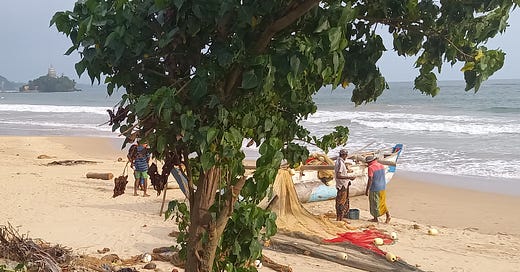




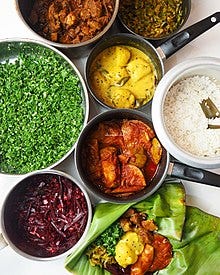


Thank you! I'm bowled over - by the country, its people, and the food.
Sri Lankan meals always come with sambols and/or mallums - a fresh relish of uncooked greenery mixed with spices and sometimes coconut milk or grated coconut. I could feast of either just with rice.